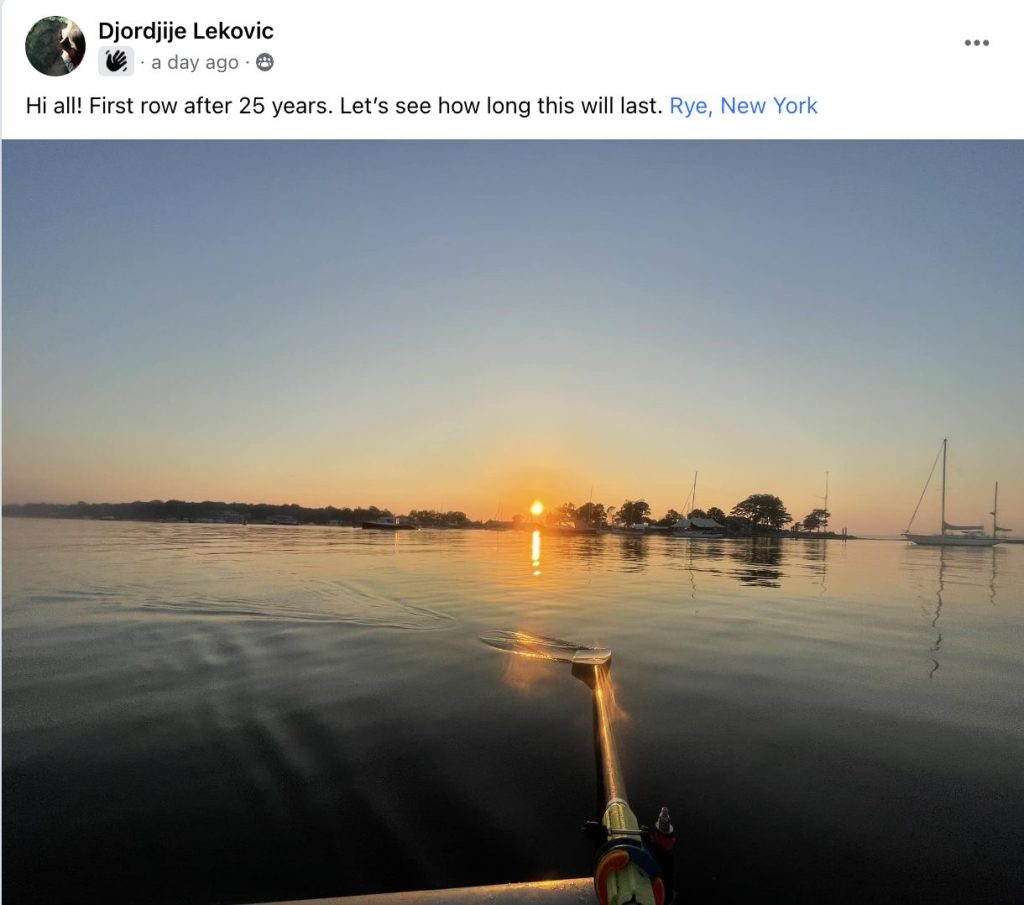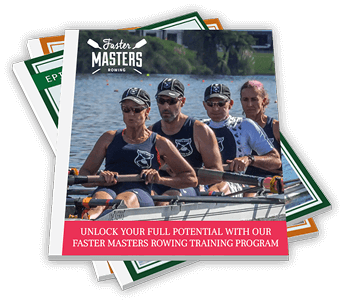One of the major standouts about rowing and sculling is that it’s a sport for life.
You can learn to row at any age, leave and not row for years and then come back to the sport.
Clubs love it when rowers return - it’s like having a prodigal son or daughter!
When someone shows up, do find out when they were last in a boat - for some they may never have used carbon fiber oars or used a non-wooden boat. And so some re-introduction may be needed.

What to do for returning rowers
The first thing to do is to welcome them back. They likely remember the feeling of community, shared endeavor and achievement. But the folks they rowed with back in the day aren’t with them now - the club has new and different members.
Friendship is a critical part of the successful masters rowing experience. Invite them to coffee after the row, message them to have them join an outing later in the week or next weekend. Let them feel welcomed and valued.
The second thing to do is to hold them back physically.
When you come back to a sport after a break (even a few short weeks) your mind and body assume, wrongly, that you can return at the same standard as when you last were in a boat. We all know that’s not going to be true. Your muscles will have weakened, your fitness declined but your mind thinks “Hey, I know this.... Let’s go!”
Nobody wants an injury in the very first outing - avoiding blisters too if you possibly can.
Take your time, get them to recall the stroke sequence - do some drills like pauses, like rowing square blades (half the crew only), early square - all designed to remind them of the stroke, the order things happen and what it feels like. Pauses are particularly good because it offers a physical rest and keeps the stroke rate low.
After the workout, do a short debrief and ask them how they feel, what they enjoyed and how their muscle memory was working - did it all come back easily or were there things they’d forgotten?
Get a routine going
If you can encourage them to make a new rowing habit quickly, that's amazing. They will gradually return to fitness and re-learn the stroke sequence.
As a coach, you will do well to get them to track the length (distance) and duration of each outing so they can gauge how well their body is adapting. Take time to encourage them to work on the basics - use only one focus per outing so you don’t overload them. Remember masters learn differently from youth rowers and having a single technique point which you repeat in drills at least 3 times during a workout will serve you best in the long run.
Racing is the last thing you should re-introduce to the returning rower. It takes time to build fitness and to then be able to rate high as well. So if your athlete rows 1-2 times a week, it may be 6 months before they feel ready to race. Do some trial races during your regular coached sessions so they get a feel for how “racing fit” they are. If they row 3 or more times per week, you can cut the months down - particularly if they remained fit from other sport during their time away from rowing.
Training program for returning rowers
Can you give me any tips on how to get started with the programme and how to build myself up from pottering around on the river to actual training? I’m 62 next week, was a successful heavyweight senior rower in the 1980s but always very inflexible and prone to back injuries. I taught myself how to scull a single in 1977 but only raced for the first time in August 2018. I won my first two races but the third regatta in mid June 2019 was a disaster, I felt really weak, lost by miles, and haven’t raced since.
Take a read of this answer to the question
All Faster Masters Rowing training programs are customized to each athlete’s fitness and skill level. As you get fitter, you will be able to row longer duration, higher stroke rates and row further during your workout.
In summary: The coaching focus learning points from this article are....
- When the mind is willing but the body is not - be prepared for their reaction
- Build up the muscle memory immediately
- Introduce competitions gradually - many need time to feel confident

